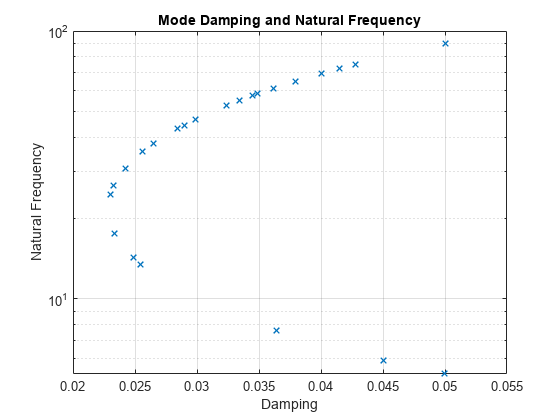getrom
Description
Use getrom to obtain reduced-order models from a
ModalTruncation or SparseModalTruncation model order
reduction task. For the full workflow, see Task-Based Model Order Reduction Workflow.
rsys = getrom(R,Name=Value)rsys based on the options specified by
one or more name-value arguments.
rsys = getrom(R)sys.
For the ordinary modal truncation, this syntax returns:
The modal form (same as
modalreal) ofsyswhenR.Options.ModeOnlyis set tofalseThe Schur form when
R.Options.ModeOnlyis set totrue.
For sparse modal truncation, this syntax returns a reduced modal form based on the subset of modes computed by the algorithm. This subset is controlled by the
R.Options.FocusorR.Options.MaxOrderoptions
getrom( returns help specific to
the model order specification object R,'-help')R. The returned help shows the
name-value arguments and syntaxes applicable to R.
Examples
Input Arguments
Name-Value Arguments
Output Arguments
More About
Version History
Introduced in R2023b
See Also
Functions
reducespec|process|view (balanced)|getrom (balanced)|view (ncf)|getrom (ncf)|view (modal)





